Description
Are you looking for a science program that is more than “just a reading program with an emphasis in science” and at the same time more structured than a series of experiments? With Considering God’s Creation, your children will begin to see the Creator in creation and learn through discovery. They will enjoy the benefits of lap-booking without you having to create or search for resources. Considering God’s Creation is the perfect elementary science solution for you, as the teacher, and for your children, as budding scientists.
Notebook and teacher’s manual delivered as Adobe Acrobat PDF eBooks, songs are included as MP3s.
Maximum coverage
• Creation
• Universe
• Stars
• Solar System
• Earth
• Light
• Sound
• Wind
• Weather
• Clouds
• Rocks
• Plants
• Insects
• Mammals
• Reptiles
• Birds
• Fish
• Amphibians
• Food Chains
• Reproduction and Genetics
• Human & Animal Anatomy/Physiology
One of Cathy Duffy’s 100 Top Picks for Homeschool Curriculum
Voted #1 in the Elementary Science category by readers of Mary Pride’s Practical Homeschooling® magazine for several years
Homeschool students:
“My children think it is a REWARD to do it if they finish their other work.” ~ Hesperia, CA
Maximum Results
“This program highlights the intricate wonders of science with fascinating and accurate detail. It sparks a child’s curiosity and ignites a life-long eagerness for more.” -A National Geographic writer
One of “Cathy Duffy’s 100 Top Picks for Homeschool Curriculum.” Duffy says
“. . .this curriculum seems to come closer than any others I can think of for meeting the needs of a homeschool family that wants a Christian science curriculum that can be used to teach a broad span of grade levels together.”
Minimum Cost
Most everything you need comes with this low cost program.
Minimum Preparation
No need to spend hours researching! Easy-to-follow and comprehensive lesson plans are done for you.
We have kept the activities simple so that you will not need a lot of materials or equipment. Most of the work is done for you! We have done the research and created effective games, experiments, poems, songs, arts and crafts projects, and lap-book-type pages. The notebook pages are designed to help your students become true scientists, carefully observing and investigating God’s creation. In addition, we have placed a strong emphasis on relating science to the Bible and evaluating scientists’ worldviews. You, as the teacher, will have control over the information being taught and the order in which it is presented.
Although this program provides a good foundation for natural science, remind your students that this just the beginning. Research papers, vocabulary tests, and book reports can be added to the notebook. We want to emphasize an open-ended approach and to inspire each student to continue learning on his own.

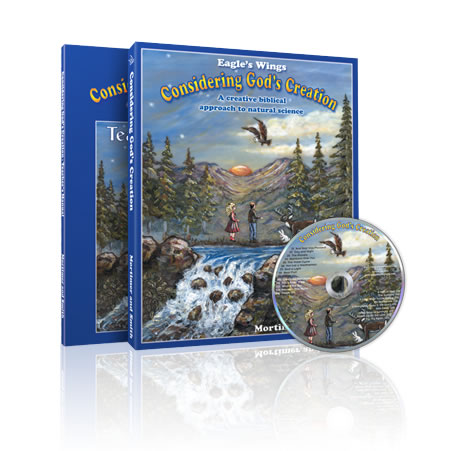
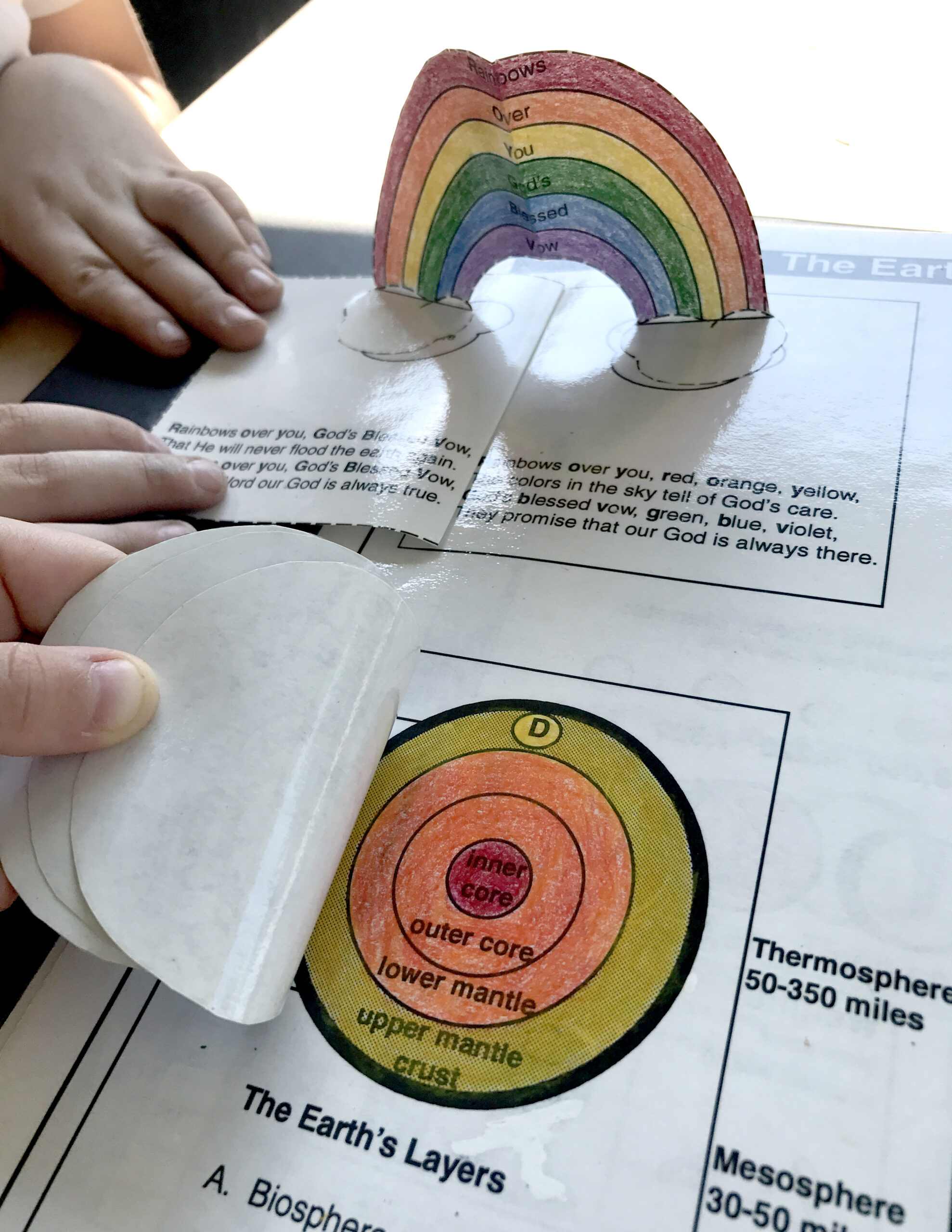
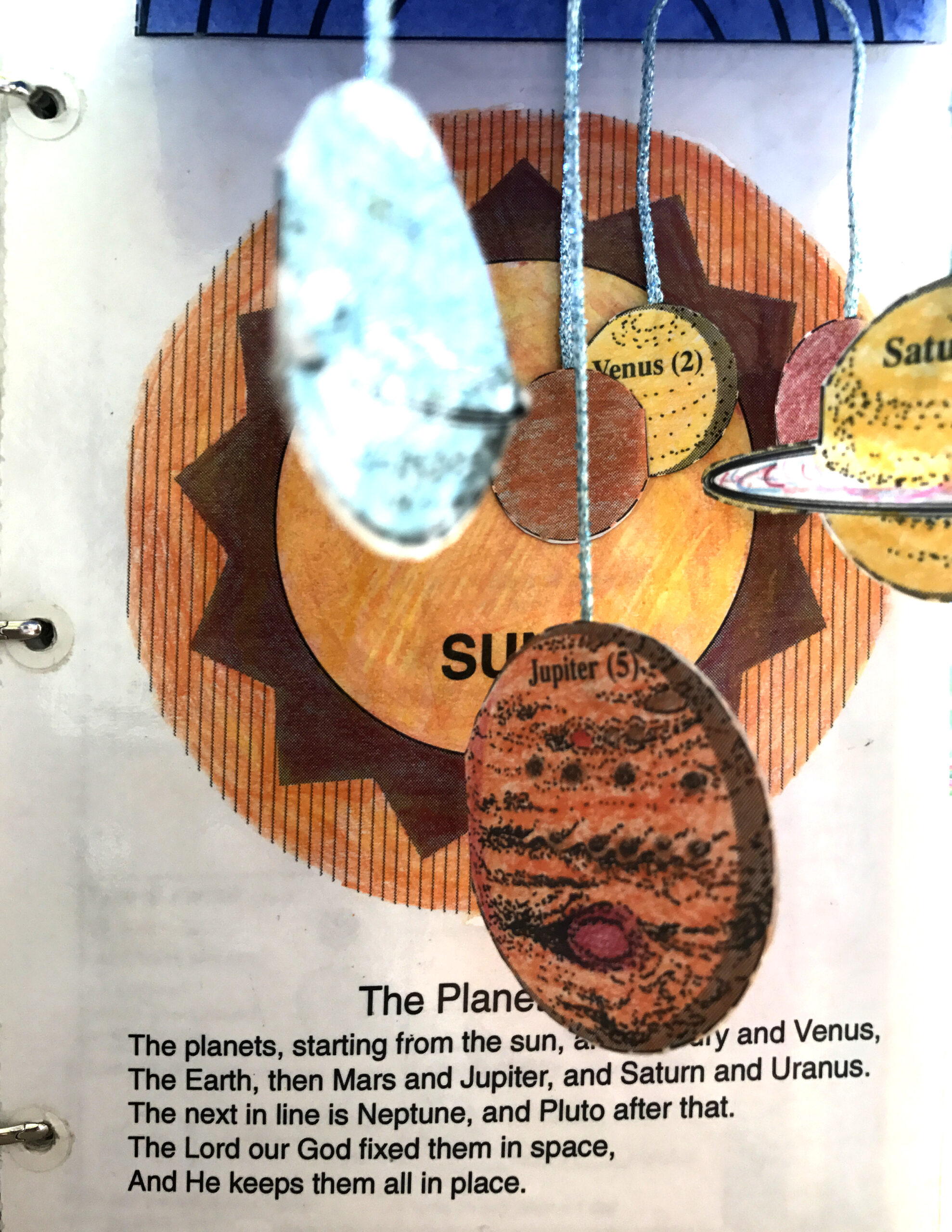
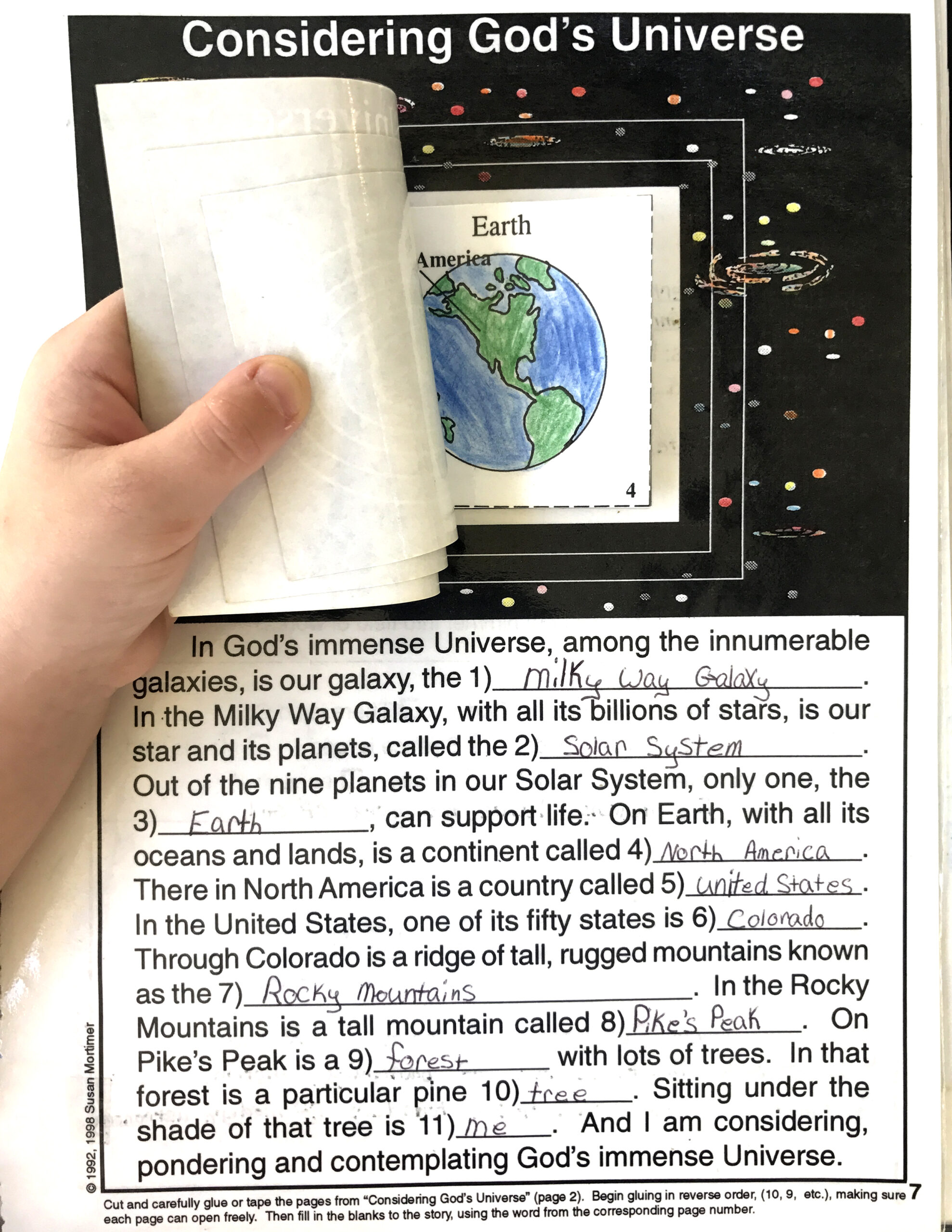
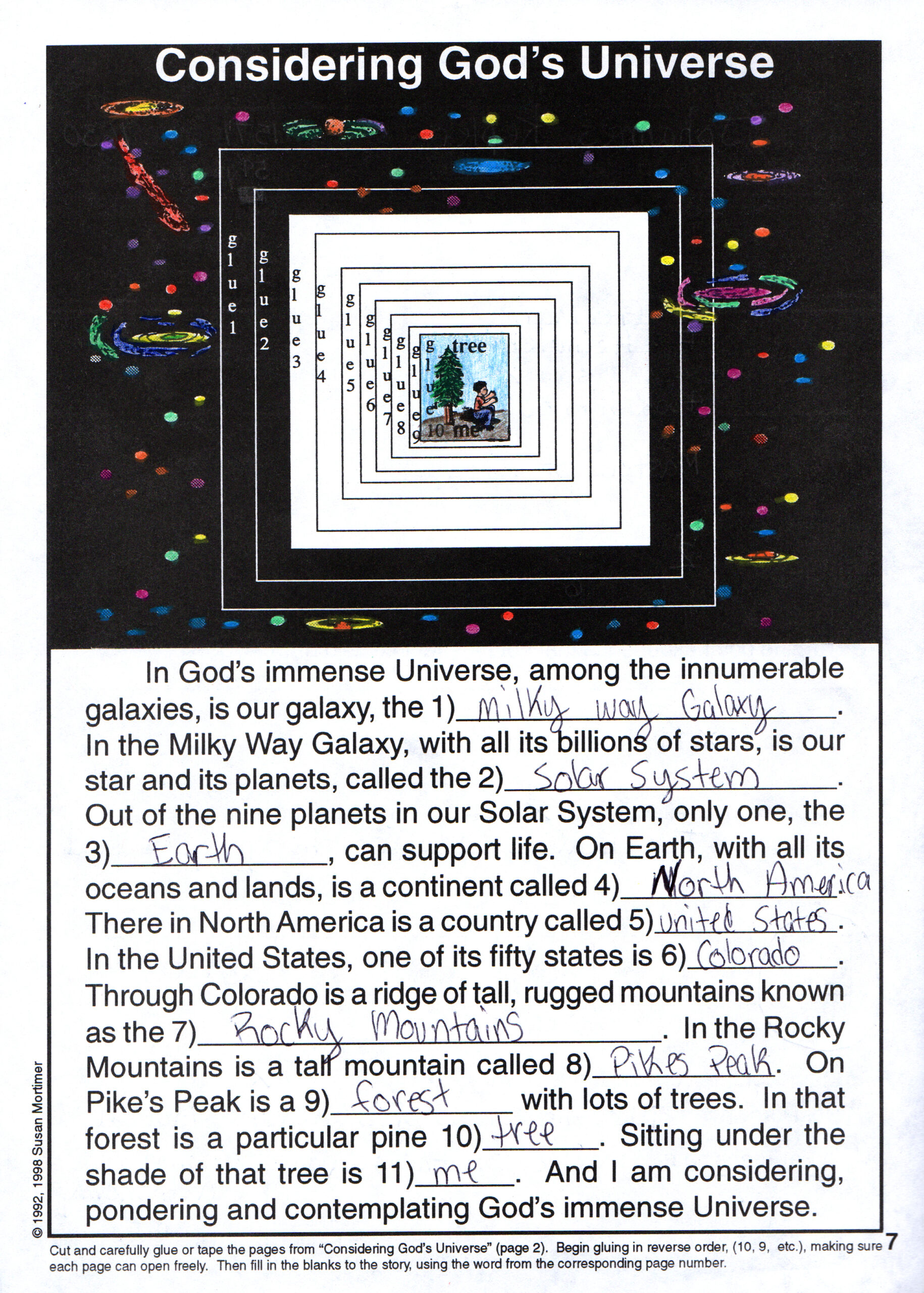
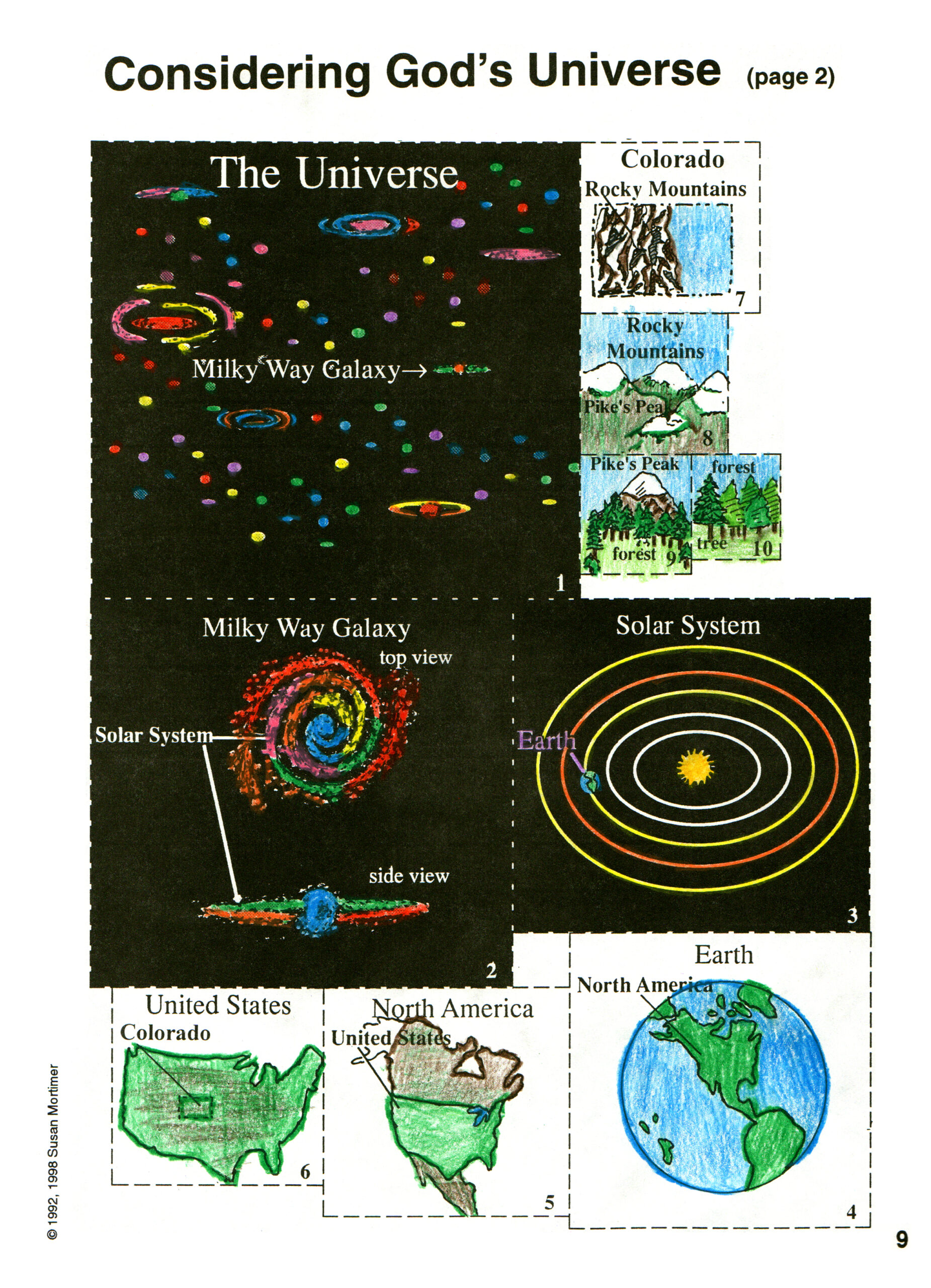
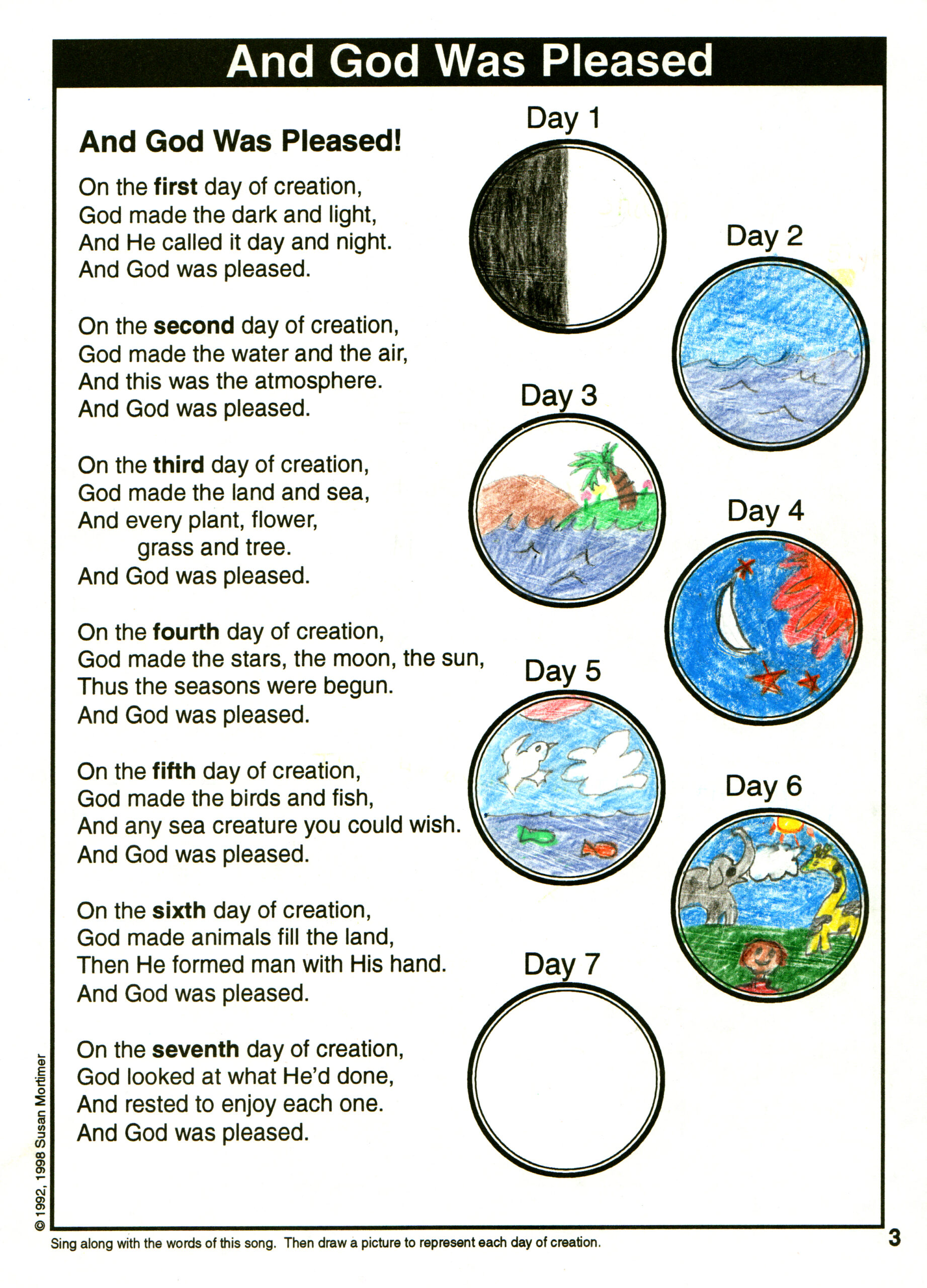
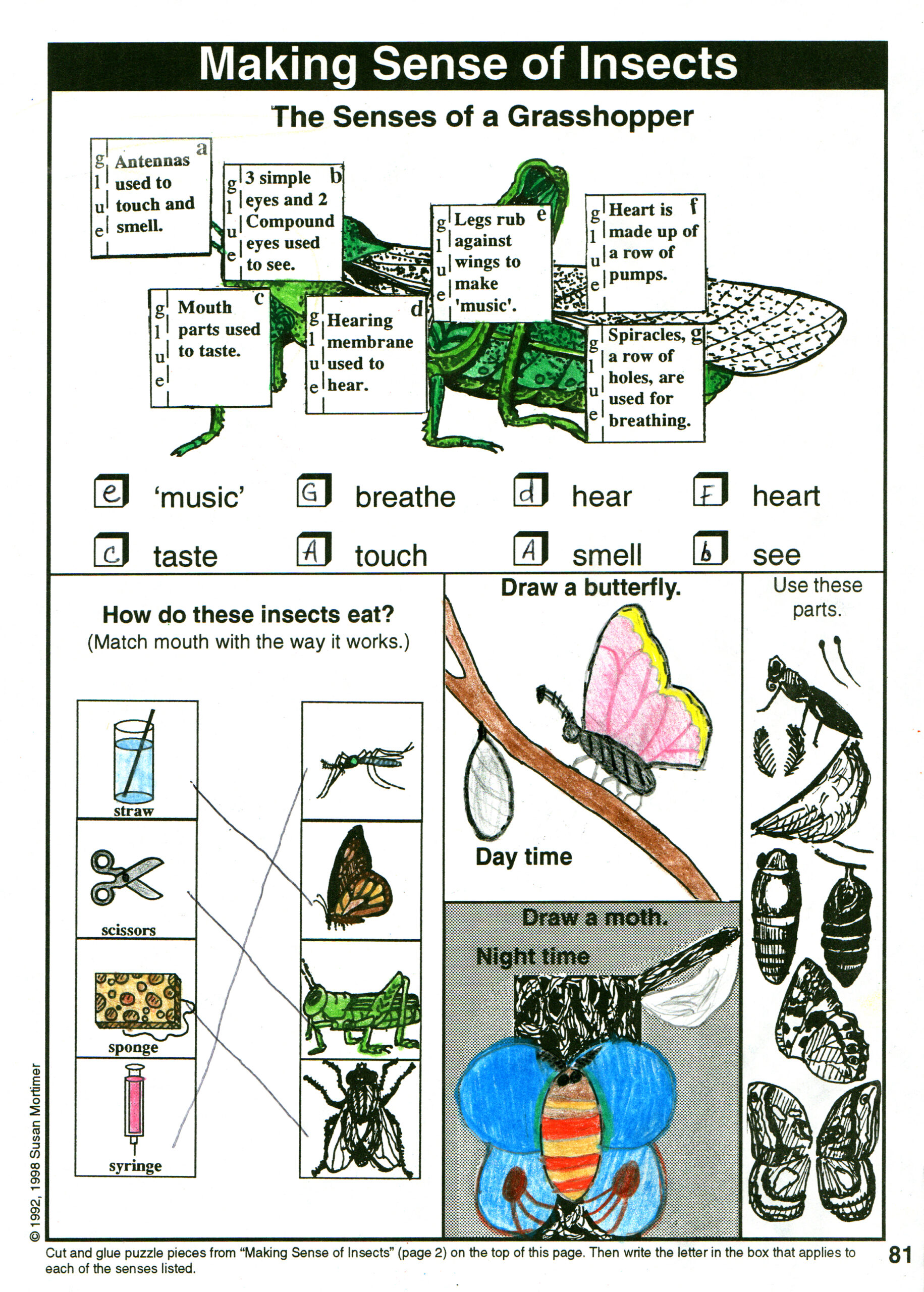
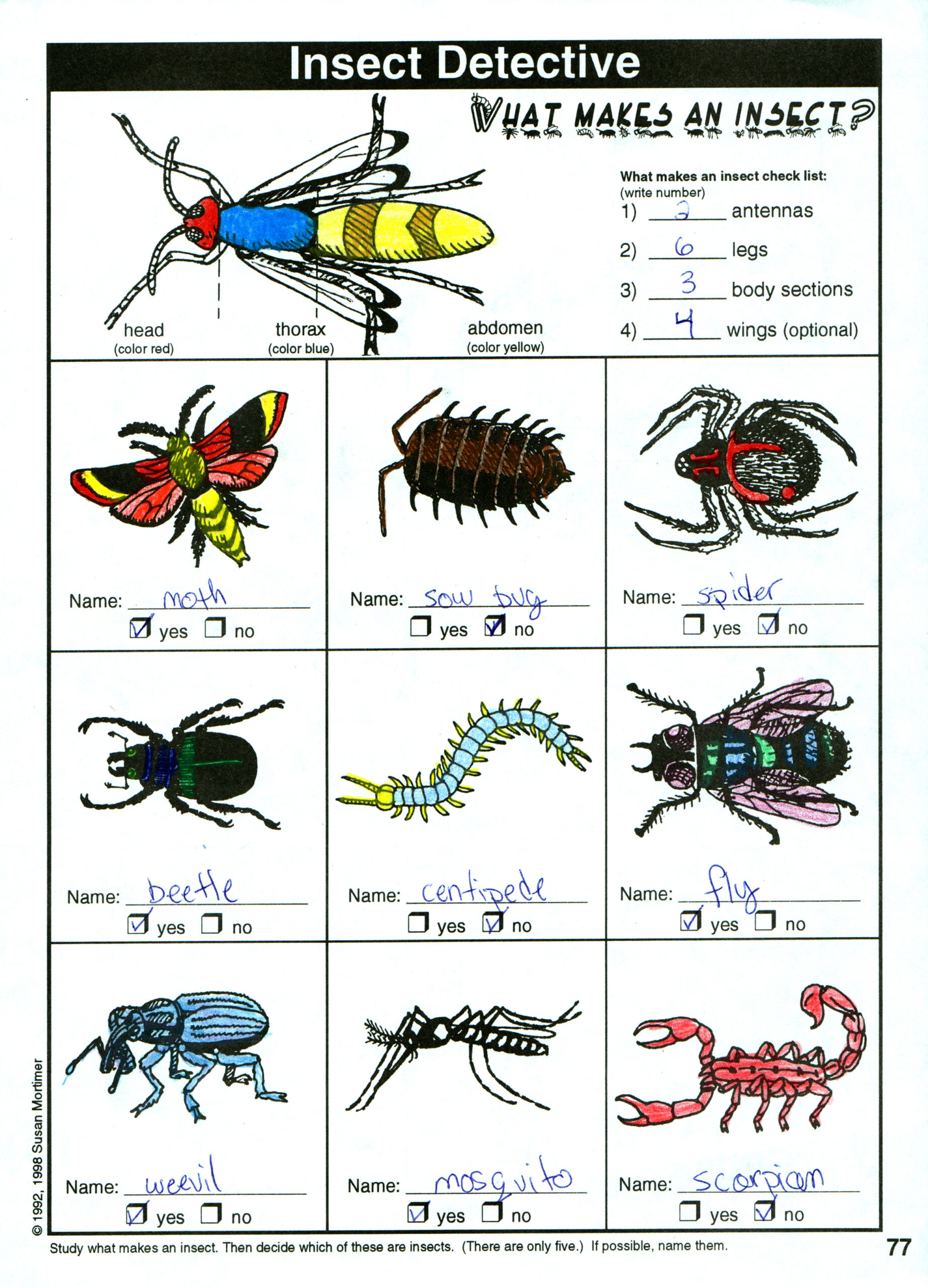
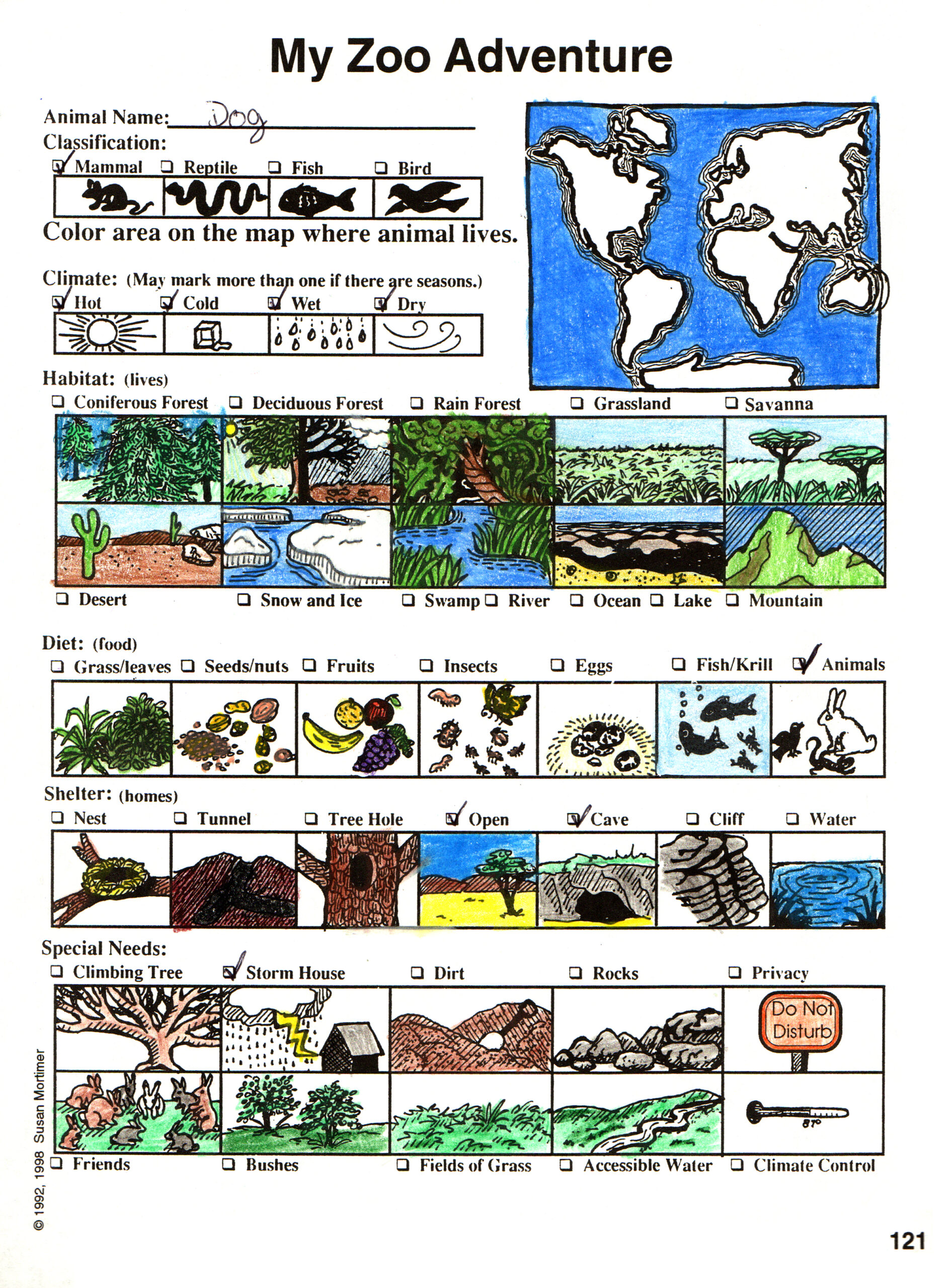
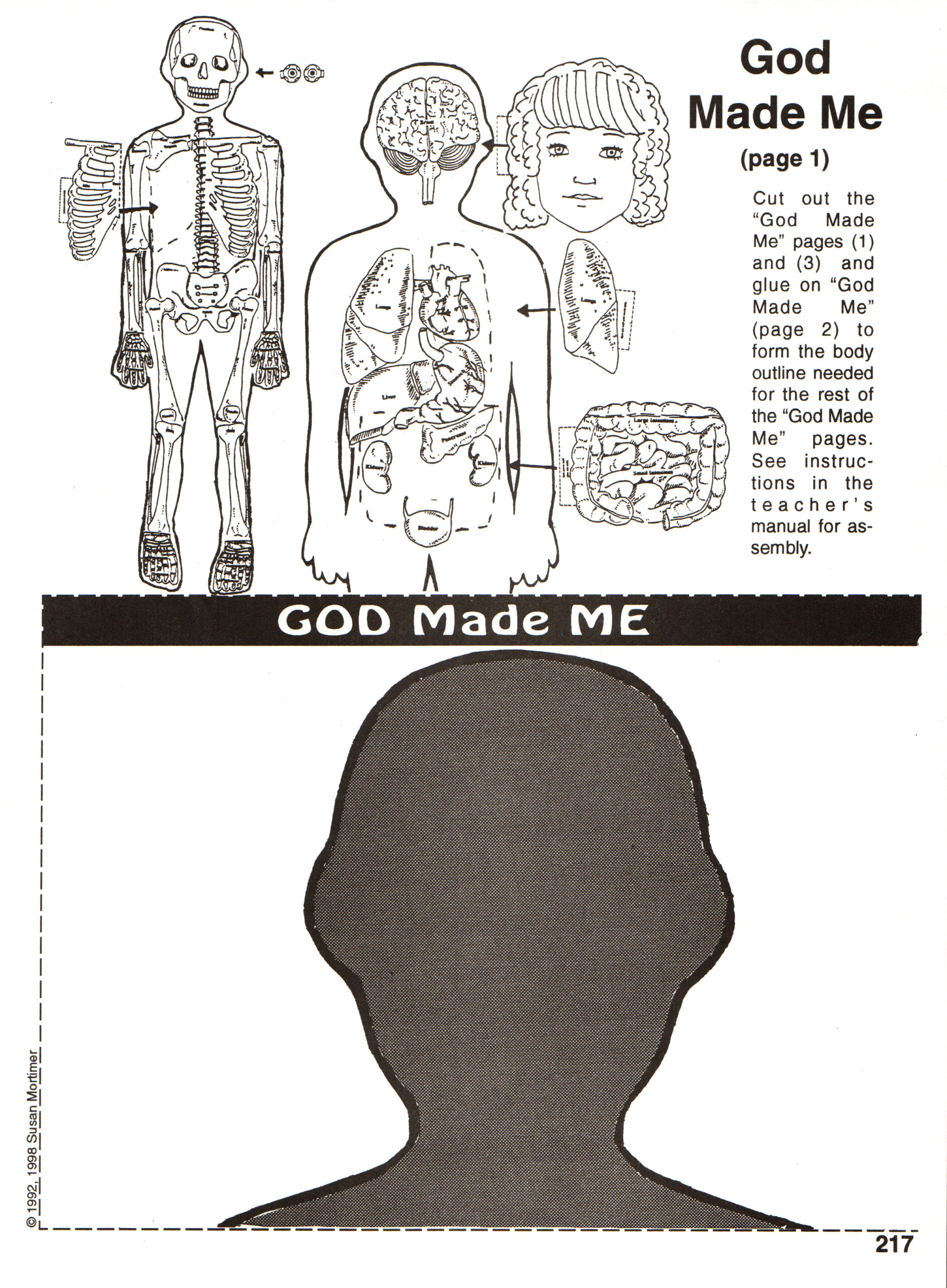
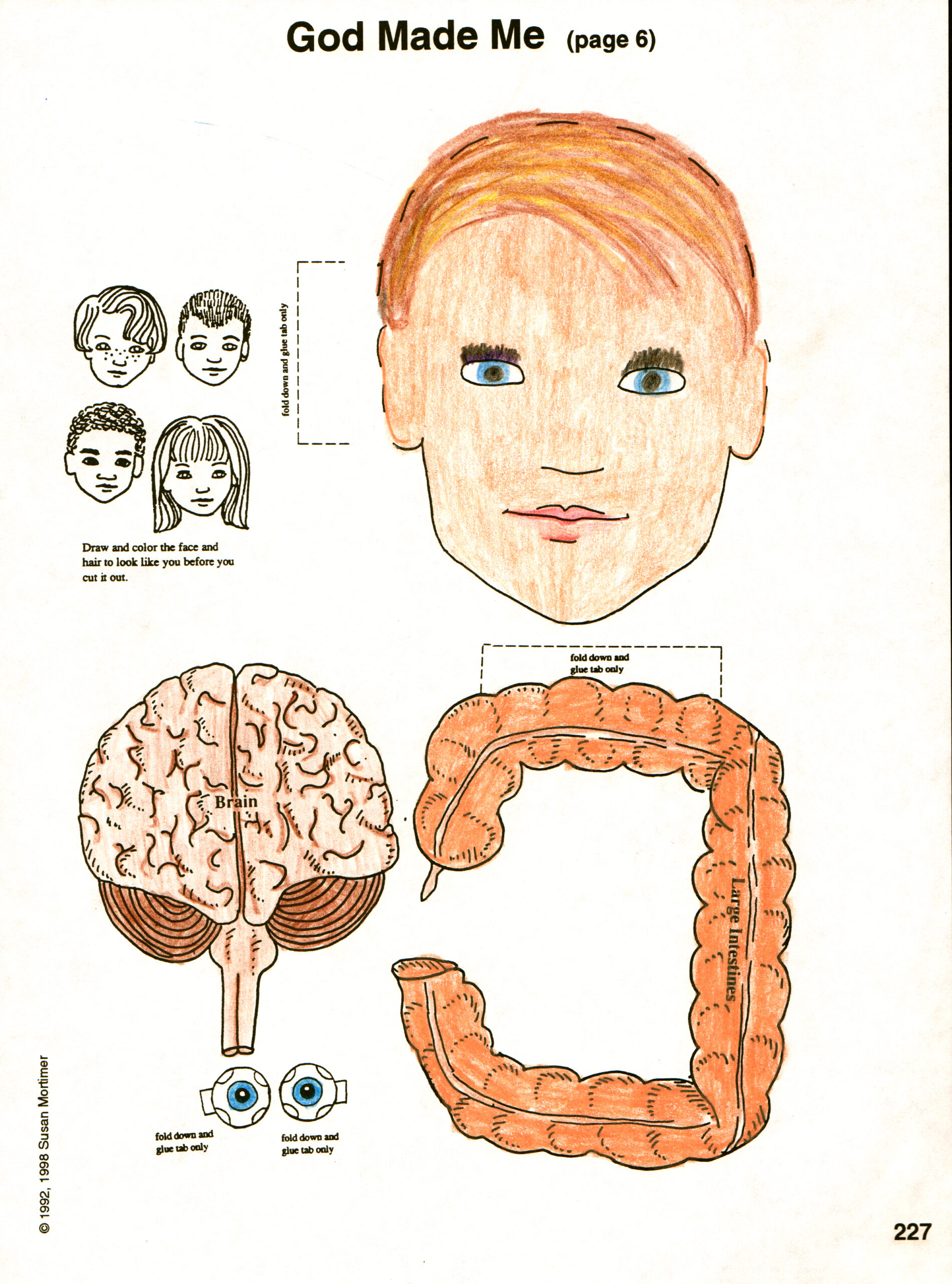
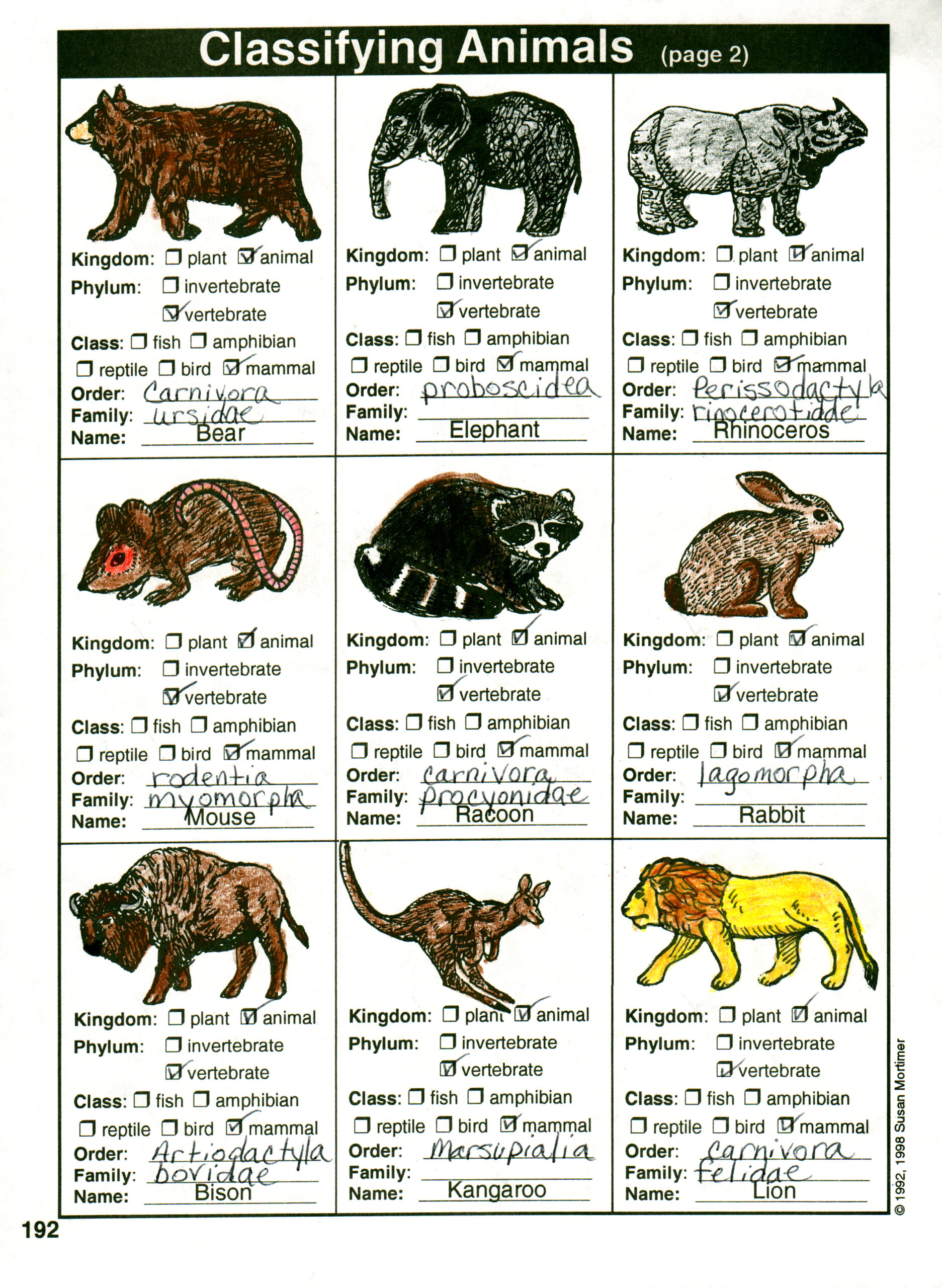
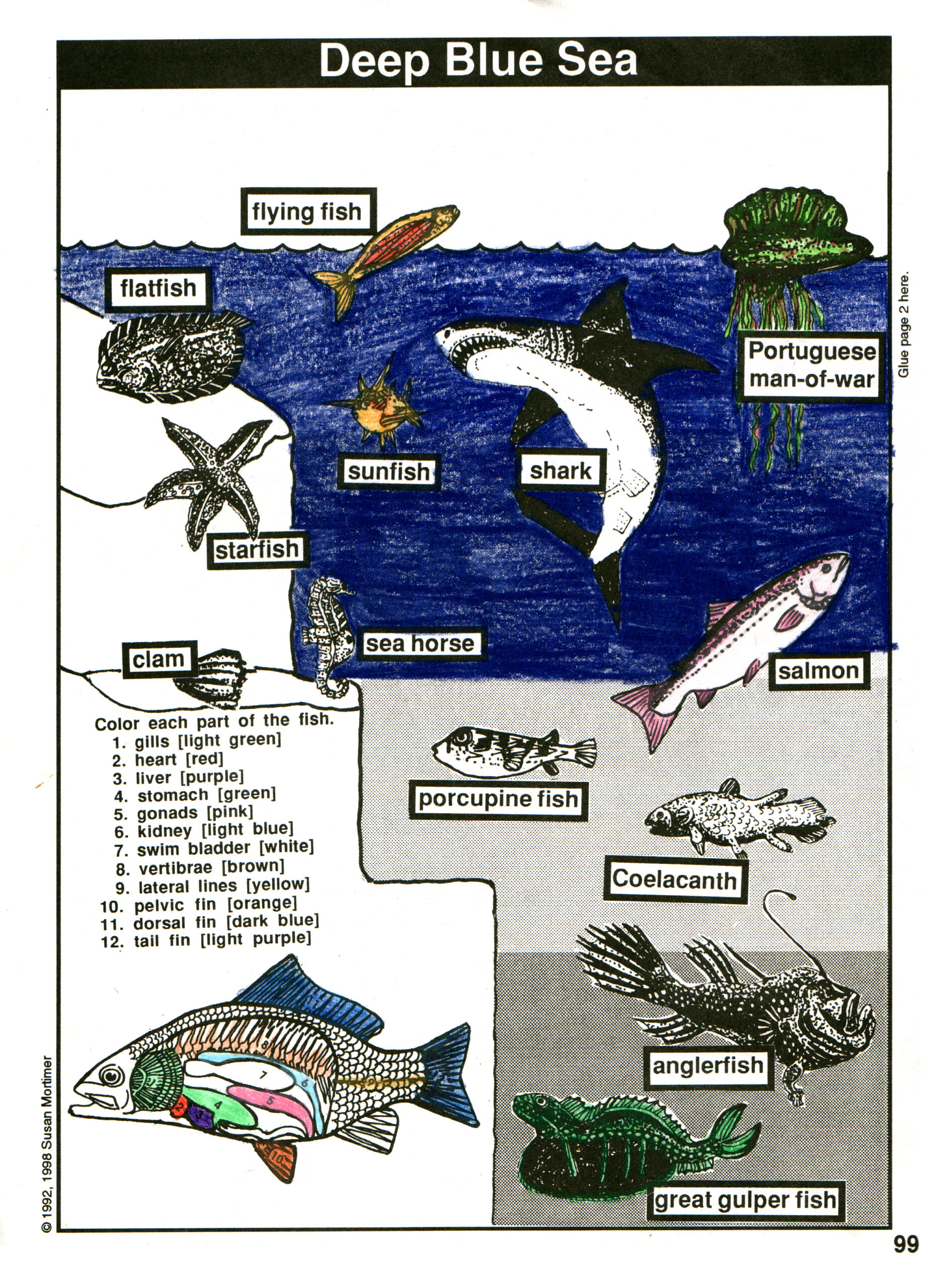
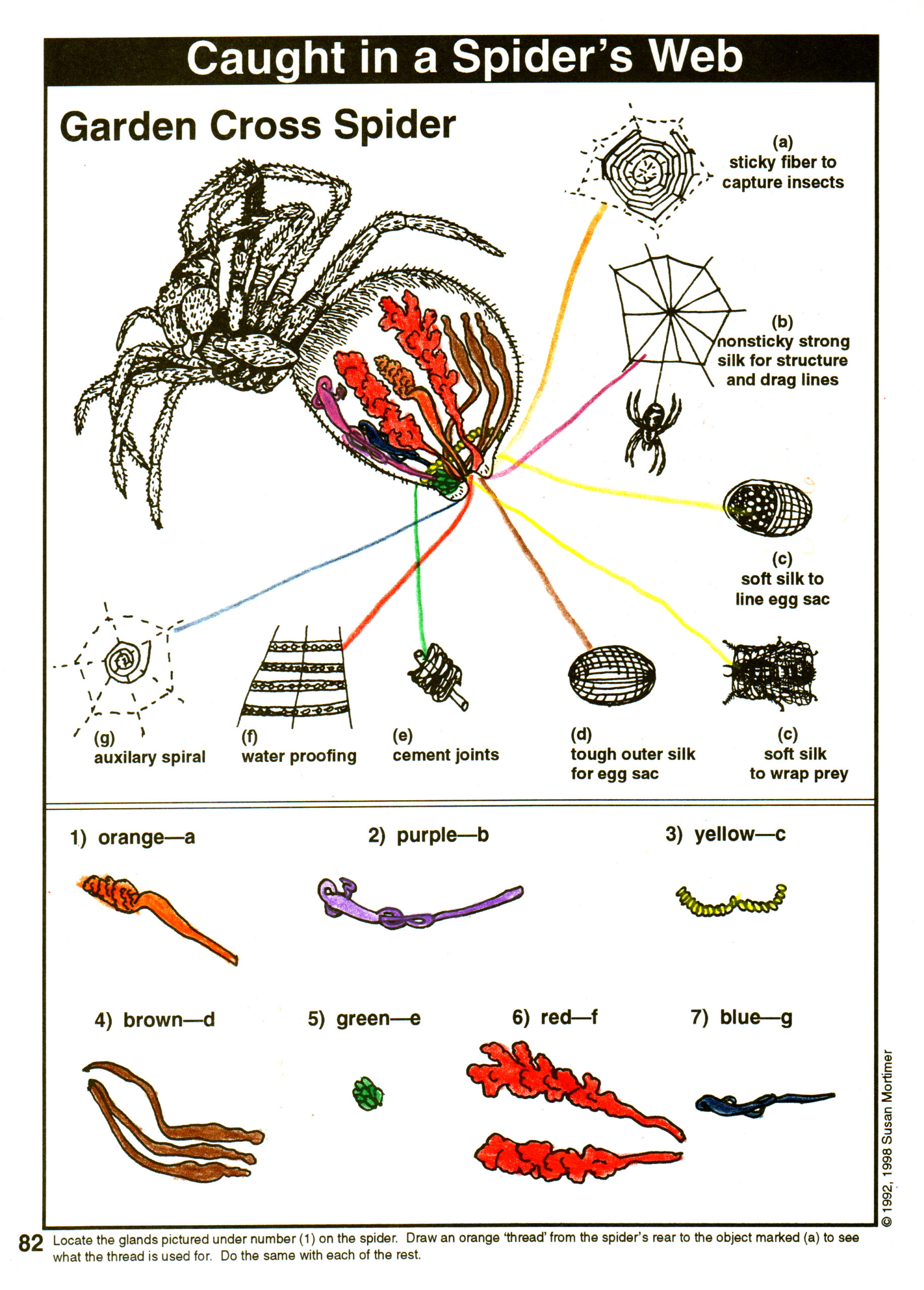
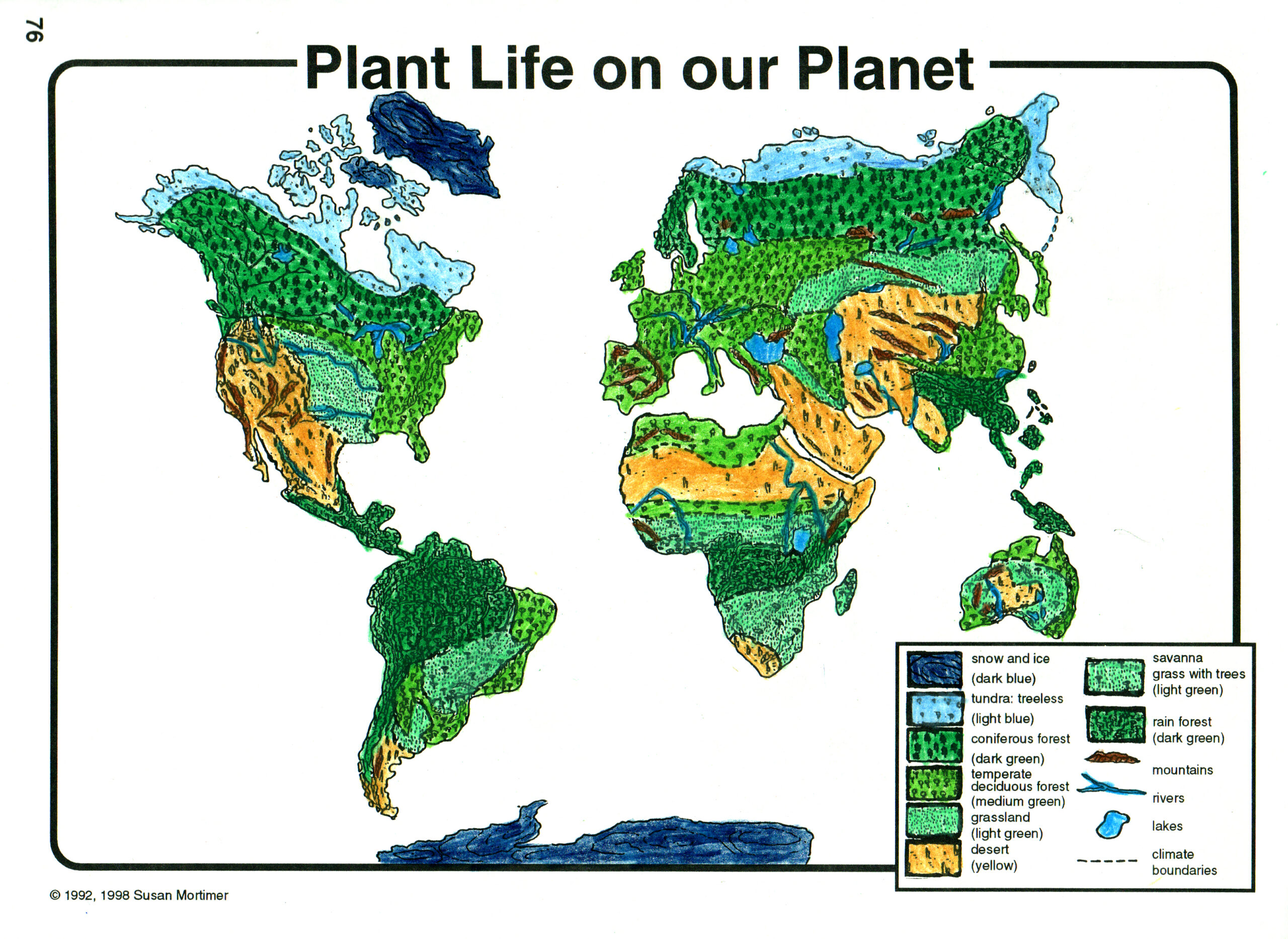
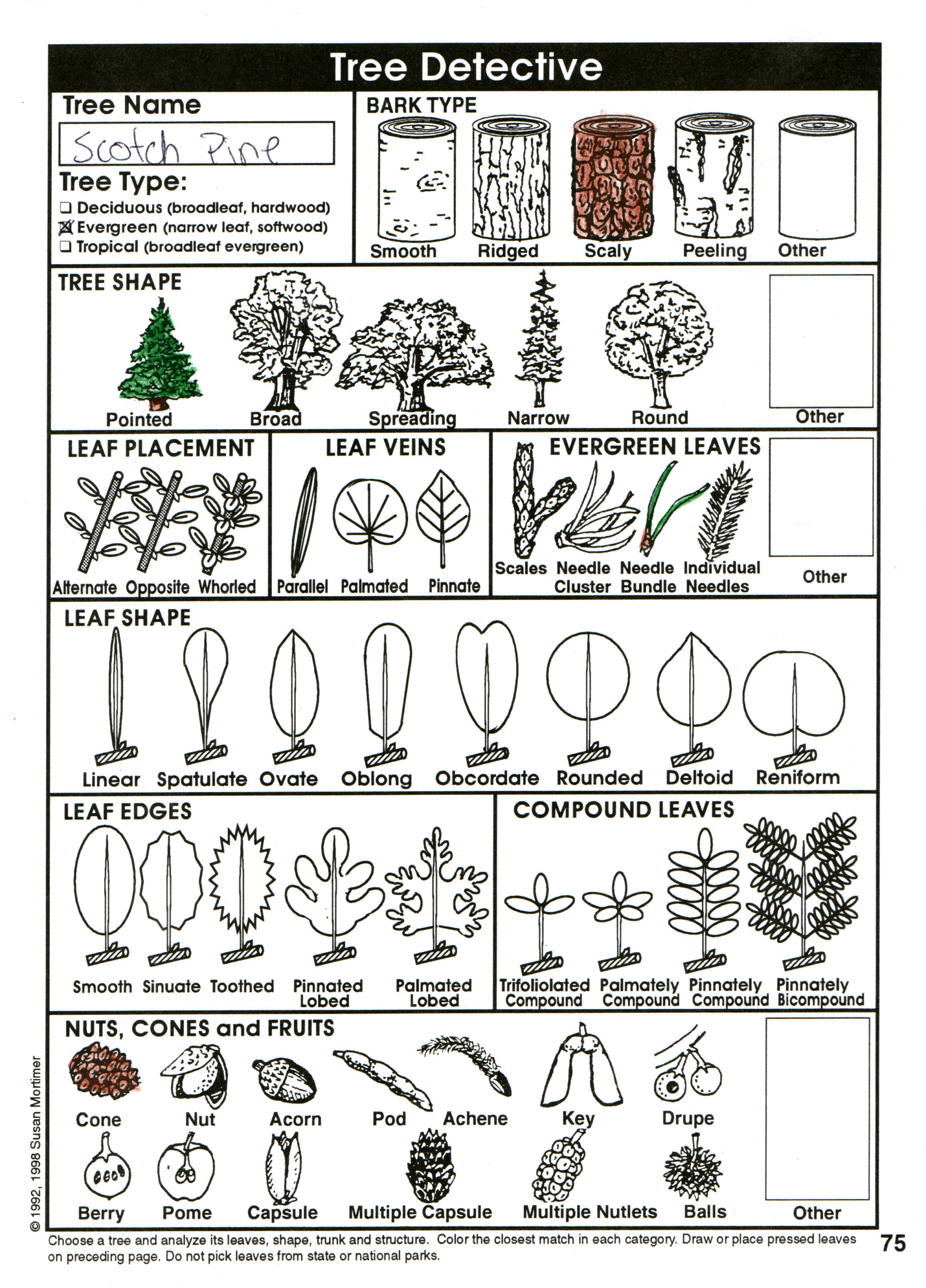
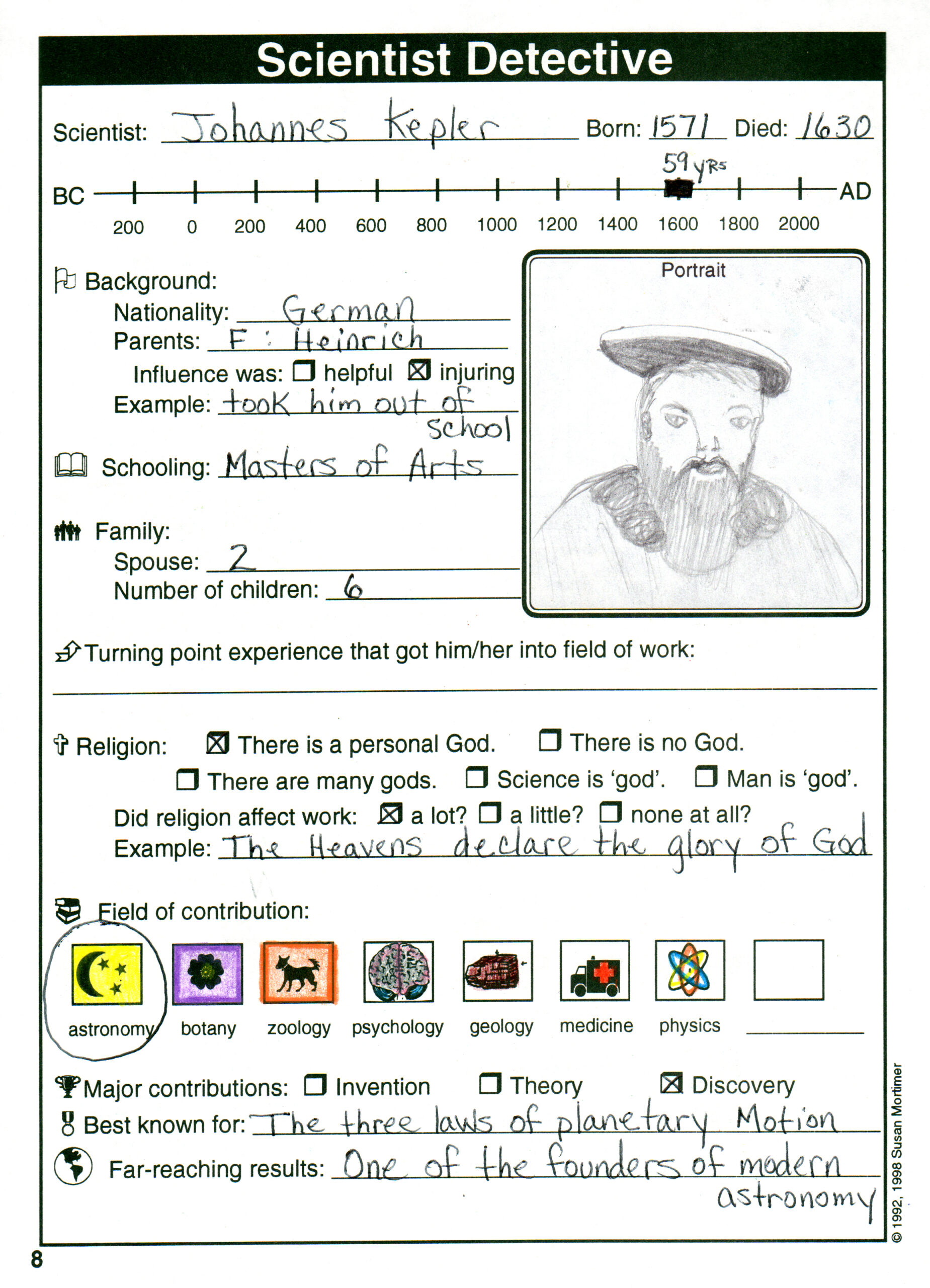
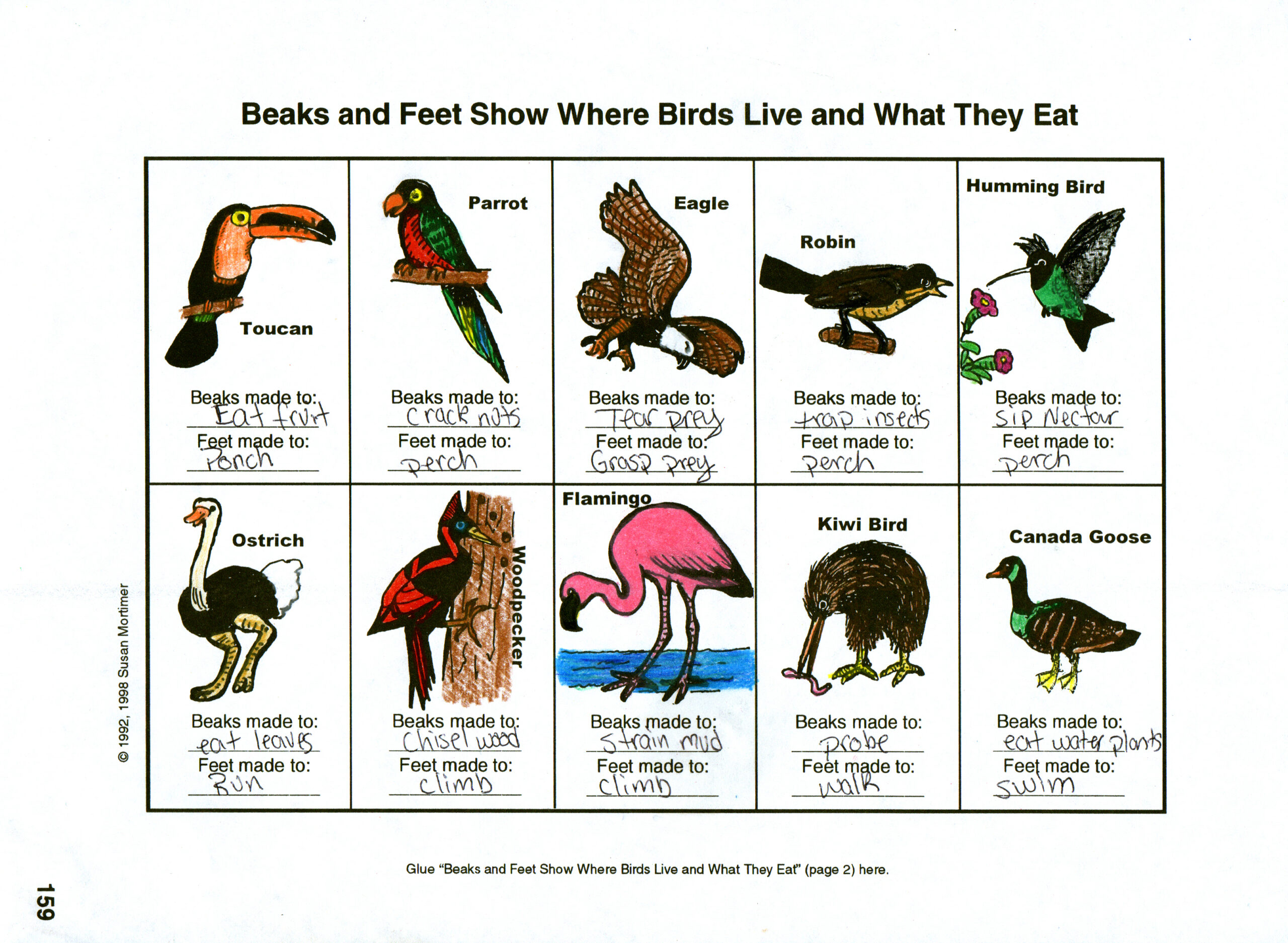
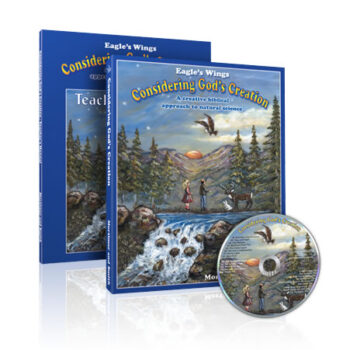
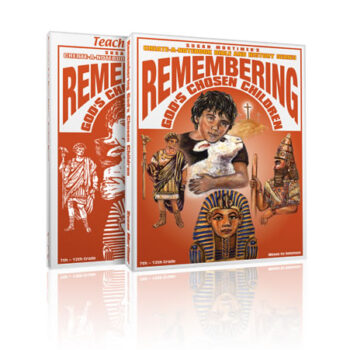
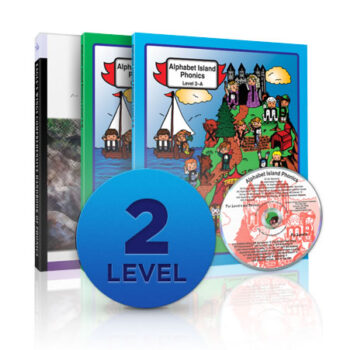
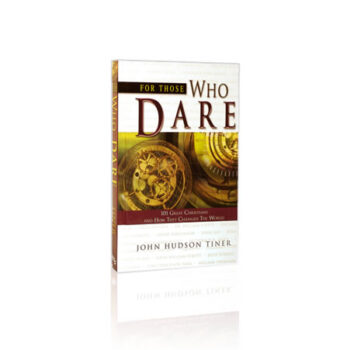
Autumn Bell –
Great science curriculum! It holds my kids attention and they look forward to it every week (using for a 3 and 5th grader). I also like how at the end of each lesson it gives you a list of how to expand on the lesson. I had my church print and bind the workbooks so that may be an option if you are worried about how to keep it all together.
Heather –
I used this curriculum last year for a second grader and we accomplished half the lessons and we are completing the remaining lessons for third grade. I really enjoy how well put together the Teacher’s Manual is, how flexible the length and depth of study for each lesson is, and the Bible reading being included. The experiments TRULY do use household items and are easy enough for me to throw together with very little preparation and all my children are interested in the hands-on portions. I thought my son would baulk at the hefty notebooking pages (I printed ours and placed them in a large 3-ring binder) since he usually dislikes writing, but he looks forward to doing it because of the variety and he is proud of the pages he has completed. This is an excellent resource for an unbeatable price.
Lisa –
I used this program when my children were young. Now both are in college, in scholarships. The one is a chemistry major and the other is in engineering. They are both juniors. I still have the notebooks we made from this curriculum. Such wonderful memories. I am happy that I had more children so I can use it again! My older children have such great memories from using it too. Oh, and we spread it out over two years.
Nancy –
How delight I was to find this curriculum was still available!! Although my children have been out of school for close to 15 years, my heart is still with homeschooling mothers. This is THE science curriculum I recommend when asked by young mothers. I had three children 2 years apart and CGC was enjoyed by all 3 for several years. It truly covers all learning styles. Thank you for keeping it around!
Shonna –
I have been using this for my children for many years now. I love the curriculum! My children seem to really catch on to the information through the notebook pages. I love the scripture involvement and how many different levels this can actually be taught.
Thank you for a great product! I am looking forward to purchasing more of your products. I have 3 other homeschooling families whom I introduced this too and all really enjoy it.
Lea Beall –
This is such a great curriculum. It is hands on. The activity pages really kept my kids intrigued and focused on the material. I have also used this book as a resource to supplement Literature Unit studies, like when we studied Westward Expansion in the U.S. We reviewed the horse pages, and when my kids studied “Frog and Toad Are Friends,” I copied off the frog pages from this book.
Birdie –
I used this curriculum with my 3 children. Each learned differently but Considering God’s Creation offered them each a learning venue. I highly recommend this wonderful learning tool!!!
Jenni –
I second everything said above! Great curriculum and very flexible. We spread it out over two years (earth science and plants one year, and animals and human body the following) and enjoyed other resources alongside it like Magic School Bus, library picture books, games and dioramas. My kids can still sing many of the songs from the CD (they are in college and one is a Biochem & Molecular Bio major!). I used it when they were in 1st-5th grade (younger and older siblings doing it together). We still have our notebooks from this curriculum! 🙂